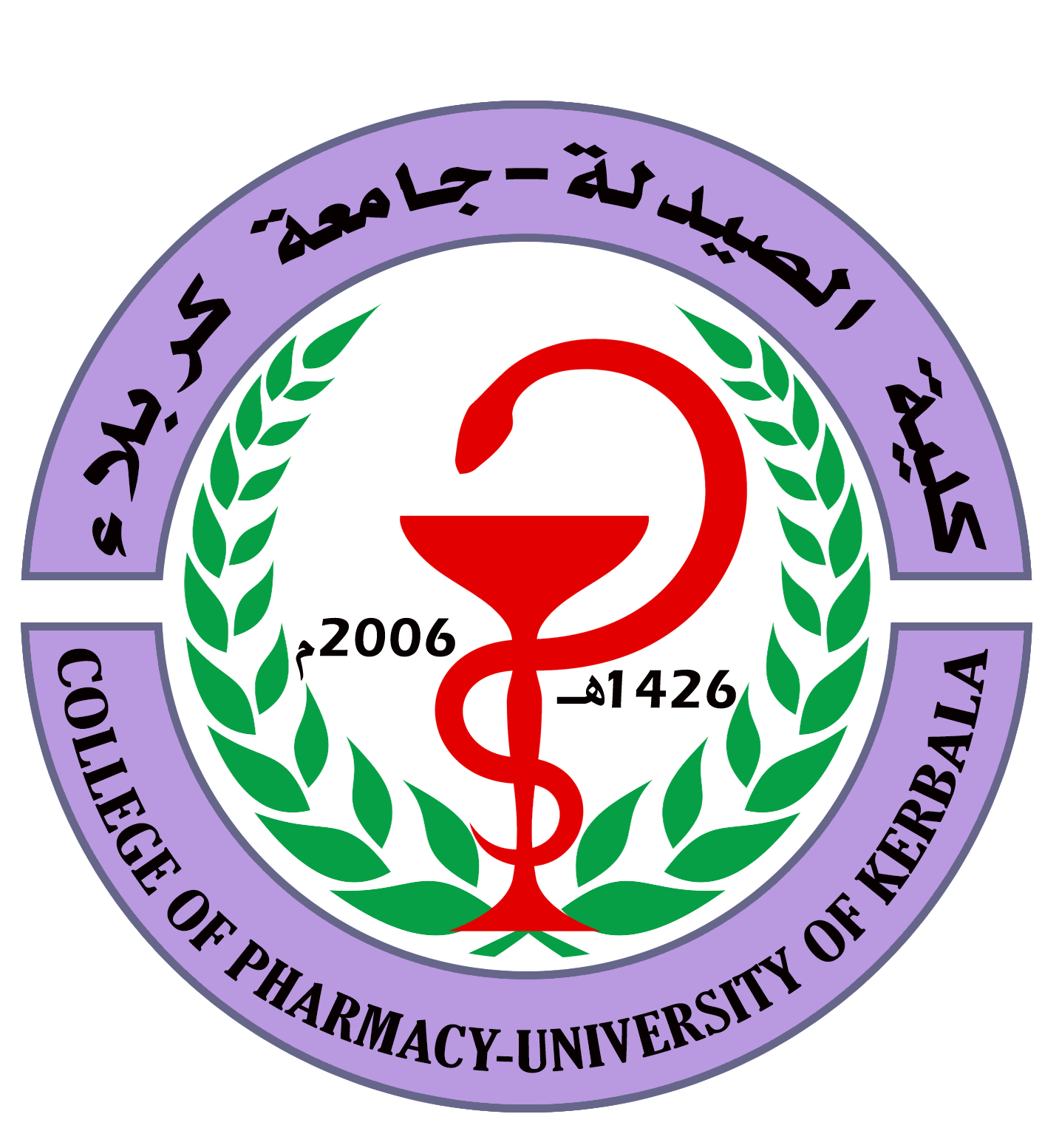Serological Evaluation of Systemic Lupus Erythematosus: Association with Disease Severity in Iraqi Patients
DOI:
https://doi.org/10.62472/kjps.v15.i24.21-34Keywords:
Anti-Nuclear, Antibody ANA, Anti-Double Stranded DNA, C3, C4, Systemic Lupus Erythematosus (SLE)Abstract
The diagnosis, management and treatment of systemic lupus erythematosus (SLE) in clinical settings often involve serological measures of autoantibodies, specifically the anti-double stranded DNA and generally the anti-nuclear autoantibodies (ANA). It remains to be shown, however, whether these serological measures correspond with the severity classification of SLE, particularly among Iraqi patients. Here, we investigated the relationship between serological measurements of autoantibodies and complement proteins with severity classification of SLE patients. Sixty patients clinically diagnosed with SLE, along with 60 age-matched non-SLE individuals (control) were recruited in the study. Serum levels of ANA, anti-dsDNA, complement C3 and C4 were measured. The SLE patients had significantly higher mean values of ANA, anti-dsDNA, with significantly lower levels of C3 and C4 compared to those of the control (non-SLE). With respect to their SLE disease severity classification, while levels of ANA significantly increased with severity of disease (mild, 7.99±0.65 IU/mL; 9.83±0.93 IU/mL; severe, 13.70±1.60 IU/mL; p = 0.004), levels of anti-dsDNA despite increasing (mild, 33.38±2.18 IU/mL; moderate, 39.32±2.28 IU/mL; severe, 42.84±4.80 IU/mL), were not statistically significant (p = 0.101). (p < 0.05). Conversely, levels of C3 (mild, 1.19±0.05 g/L; moderate, 0.98±0.11 g/L; severe, 0.72±0.17 g/L; p = 0.009) and C4 (mild, 0.32±0.02 g/L, moderate, 0.29±0.03 g/L; severe, 0.16±0.03 g/L; p = 0.002) significantly decreased with disease severity (p < 0.05). Our findings show that although ANA and anti-dsDNA autoantibodies may be important in the diagnosis of SLE, their use in predicting the severity of the disease varies considerably, while also highlighting, the significance of complement components C3 and C4 in monitoring and predicting the severity of the disease in addition to their role in the diagnosis of SLE.
Downloads
Published
Issue
Section
License
Copyright (c) 2024 Karbala Journal of Pharmaceutical Sciences

This work is licensed under a Creative Commons Attribution-NonCommercial 4.0 International License.









